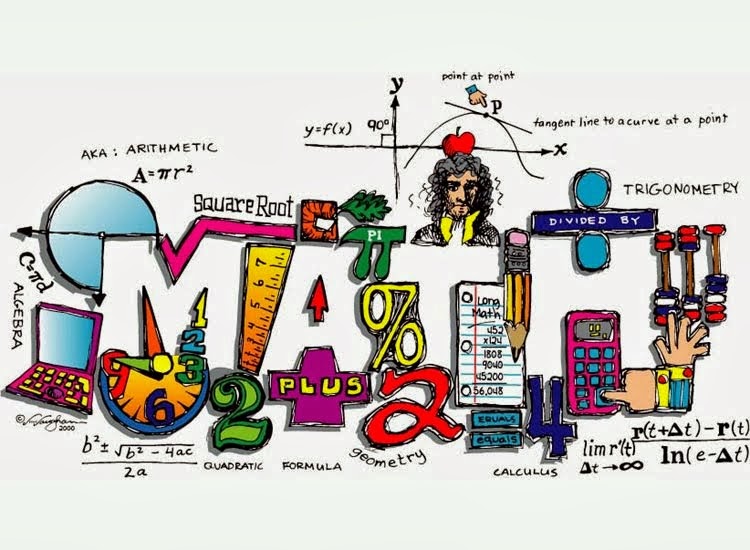The last day of lesson was no different from other sessions. We were exposed to more interesting problems that never failed to set us thinking.
Dr Yeap started out with the basics like doing division. Guess what? I never knew the method that i have used all this while were wrong! yes, again Dr Yeap has pointed out incorrect practices that were happening around us that never came across in our mind. Our mentality was set to "If the method works, use it" even though we did not know the basis of it all.
The incorrect, normal practices that even I was taught of this method
How it should be done
Here's my rectangular cuboid
We summed up the lesson by playing another card game. This time round the game exercise alot on our mental calculation skills. This game is called, 'Salute', where there will be 2 roles, one is the one who would count the sum of all the cards and the rest would have to guess the number on their individual card. The one that could shout out their answer first is the winner. We had lots of fun playing this game. As a matter of fact, i had fun throughout the 6 days course. Math is actually fun if you could appreciate and understand the concept behind it. Also, Dr Yeap has successfully influence at least half the class to not hate math anymore.Well, i'm one of them. The activities that he had planned for us were eye-openers, revision for our rusty mind and definitely a different approach to what was drilled in our mind when we were learning math years ago.




































.jpg)





